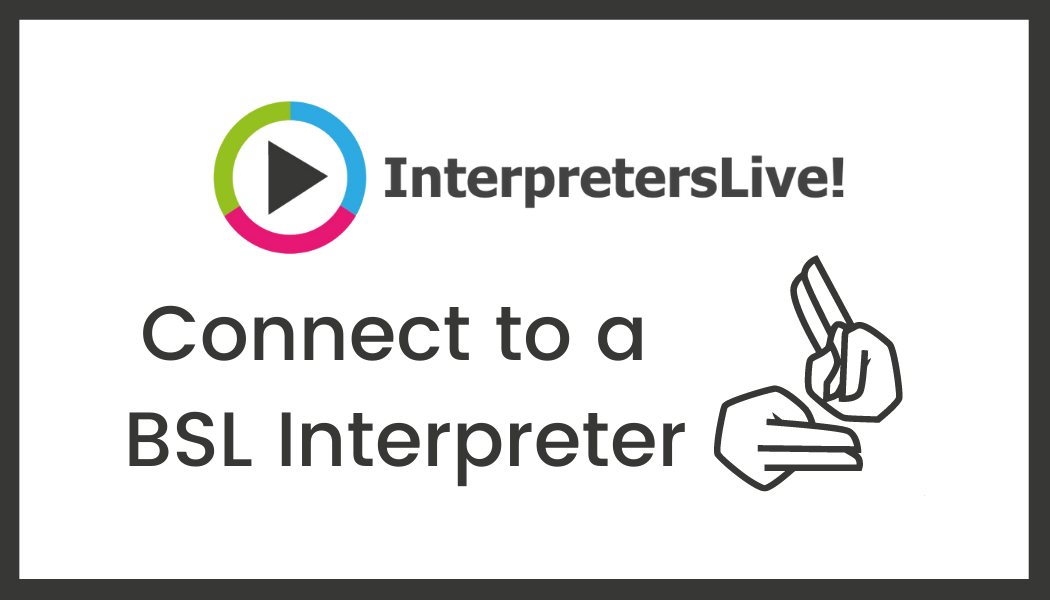
As outlined in our previous blog, diversity and inclusion (D&I) was a key theme for sports organisations across the globe in 2021. Now, as we enter a new year, pledges must turn into action as D&I finally transcends its status as a box-ticking exercise to become a critical driver for growth and success.
Drawing from our work bringing D&I to the leadership and broader teams of sports organisations across the UK and beyond, we pinpoint some of the key drivers that will continue to shape the sports industry in 2022.
1. Flexible working
Before the pandemic, roles offering flexible working were few and far between. However, with the last two years exposing the differences in employee circumstances, many employers are rethinking the working model to ensure it’s inclusive to all.
To demonstrate how attitudes have shifted, we only have to look at the negative press attention that National League North football team AFC Fylde received when a job advertised on their website went viral for the wrong reasons. The job description stated: “...don't apply if you are looking for a work-life balance or have to pick up the kids from school twice a week at 15:30 BST."
Understandably, the club was branded out-of-touch, and the post was quickly deleted. The story highlights how far sporting organisations have come over the last few years, with the post's wording deemed discriminatory towards those workers requiring flexible working hours. It confirms that employers must incorporate flexible and remote working options if they want to cater to current employee needs and attract candidates from a broader hiring pool.
2. Accountability
Diversity in 2022 requires action and accountability. D&I initiatives can no longer be left to chance, which means we'll see organisations increasingly tapping into their data to ensure progress is being made. For example, what percentage of candidates who reach the interview stage are ethnically diverse? How many women hold leadership positions in the organisation? Finding the answers to such questions enables employers to track their progress more accurately.
While setting quotas isn't always practical or effective, extra efforts are being made to ensure employees in sporting organisations reflect the population of the local community. It's something we expect will continue throughout this year and beyond.
3. D&I outside of the office
With D&I initiatives picking up speed, more employers are looking beyond their organisation to ensure the makeup and values of the businesses and partners they deal with are aligned with their own. Whether it's sponsors, vendors, suppliers or contractors, the supply chain is under the microscope, with sporting organisations not wanting bad external practices to undo any of their hard work.
Of course, it’s a two-way street. Sponsors that associate themselves with D&I and sustainability practices will expect the teams they support to do the same. This extends further than mission statements and value propositions, with organisations now expected to have answers and take action, whether that’s clamping down on racism or withdrawing from events held in locations with poor human rights records.
4. Listening
A truly inclusive and welcoming workplace isn't built upon guesswork. Employers understand the importance of speaking to workers and the wider community about what representation and diversity mean to them.
In December 2021, Sport England released a six-month update on the progress made since its race in sport review. One of the standouts was the creation of a working group of participants who share their stories and help shape overall thinking around tangible action. The update stated: “The focus has been on working together to identify what can change, and where this can happen within the sporting structures. The group are spending time exploring all the themes, starting with representation, systems and structures.”
We expect sports organisations to encourage sharing stories and experiences in 2022 to ensure D&I actions align with requirements and expectations. Face-to-face meetings, anonymous surveys and group sessions will help highlight areas that require attention and reinforce that worker needs are a priority.
Sports organisations mustn't let the momentum they have built in D&I in 2020 and 2021 die out. Now is the time to fulfil the goals they have set out while continuing to listen and adapt so that diversity becomes something everyone connected to the organisation can be proud of.
Your partner in action
The future of sport is driven by difference. Here at level=, it’s our mission to help every sports organisation, regardless of size or scope, bring diversity and inclusion to their leadership and broader teams.
Whether you are building greater equity within your organisation or looking to take the next step in your career in sport, our team is committed to working with you to offer the skills, services and access to a globally diverse and level field of possibility.
Connect with us on 020 8392 9959 or email hello@levelequals.com.




